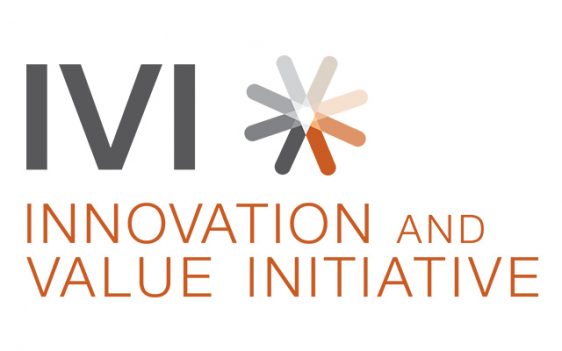IVI’s Jennifer Bright and Rick Chapman recently published a commentary in STAT describing the urgency of getting value assessment right. Read the full commentary below.
It’s time to get health care value assessment right
By Jennifer Bright and Richard H. Chapman, April 15, 2021
Trying to gauge the value of new drugs and devices is becoming increasingly important in the U.S. health care system, something that other countries have done explicitly for years.
Pressure to get value assessment right is accelerating. The Biden administration is reportedly considering treating a health technology assessment board to evaluate drug and other health care pricing. But if it doesn’t incorporate essential elements into the definition of value — such as data on underrepresented groups and impacts on health equity — it may worsen the health disparities that many in the health care community are attempting to eliminate.
Structural deficiencies in the models that underlie value assessment have perpetuated health inequities. Communities of color and other groups are generally not represented in the data used to make health care decisions, routinely disadvantaging them.
Yet this broken framework is what value assessment continues to be built on. Making decisions about access and cost with datasets that don’t represent diverse perspectives, or that don’t reflect the full range of outcomes that are important to patients, is a losing proposition. Compounding the problem, incomplete data are plugged into legacy models using methods that do not examine multiple factors simultaneously.
There is — finally — growing recognition within the health technology assessment community that patients respond differently to therapies and have different views about their treatment goals, including how much risk they are willing to tolerate to achieve them.
An important step forward in value assessment is the release of principles for capturing the full range of patient-centered outcomes data by the Patient-Centered Outcomes Research Institute (PCORI), which was created as part of the Affordable Care Act. This major funder of patient-centered research is pledging more resources to improve the understanding of patient-centered outcomes while also addressing health disparities and inequities.
These new principles call for identifying outcomes that are important to patients and caregivers, as well as to other stakeholders; collecting data such as the potential burden and economic impact of interventions if they are appropriate and relevant to a study’s clinical aims; and conducting certain types of economic analyses as part of research studies.
This last new principle is perhaps the most important, as PCORI was prohibited from conducting economic analyses in its research when Congress chartered it in 2010. Now, in addition to ascertaining the clinical outcomes important to patients, PCORI will be able to address economic outcomes — a crucial step in sensible value assessment and in eventually reining in the exorbitant costs of care.
This effort comes at an important time. By focusing on research that considers the full range of burdens and economic impacts on patients, the PCORI principles can provide an important voice for patient representativeness in how the federal government and, by extension, the rest of the health care enterprise approach health care value determinations.
There is, of course, no switch that can be flipped, magically making health care spending and decision-making bias free. The challenge to accurately account for value across all health care interventions is daunting. The work must be continuous, transparent, and holistic, and must involve patients from the beginning.
Improving value assessment isn’t just the work of health economists. It’s an alchemy of better modeling combined with smart policymaking, robust community organizing, and deep listening. A consensus must emerge — and we believe one is emerging — that pursuing change in how the U.S. assesses the value of health care innovation beats maintaining the status quo.
Doing so means moving beyond relying on traditional cost-per-quality-adjusted-life-year (QALY) analyses using a health-care sector perspective as the main way to measure value, simply because it was considered the “gold standard” in the past. It means testing models transparently to ensure they account for value factors patients say are important to them, such as their ability to work, or a disease’s burden on family caregivers. It means comparing all treatments that patients with a disease may consider, not only drugs. It means bringing patients into the process and considering what matters most to them. And if the federal government convenes a health technology assessment board to address drug pricing, it means instituting a body that is truly representative of patient diversity.
If all oars are rowing in the same direction, we have a historic opportunity to move from recognition of health inequities to doing something meaningful about them.
Jennifer Bright is the executive director of the Innovation and Value Initiative, and Richard H. Chapman is its chief science officer.

